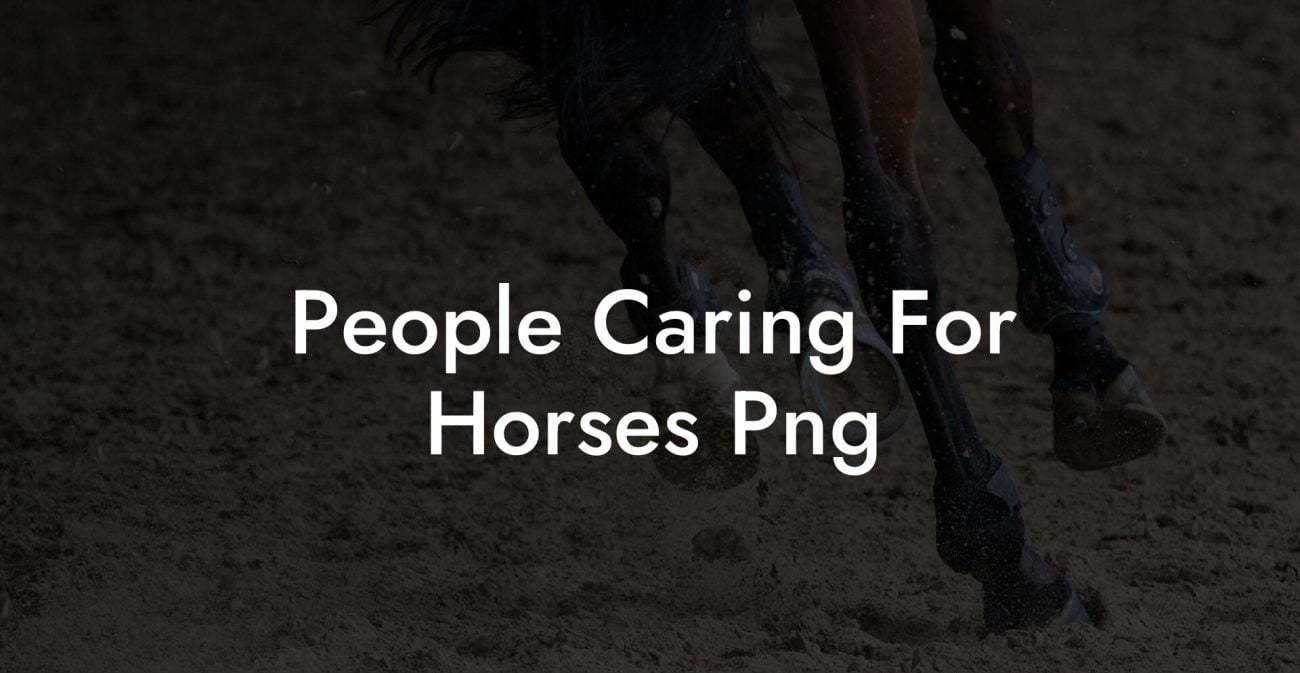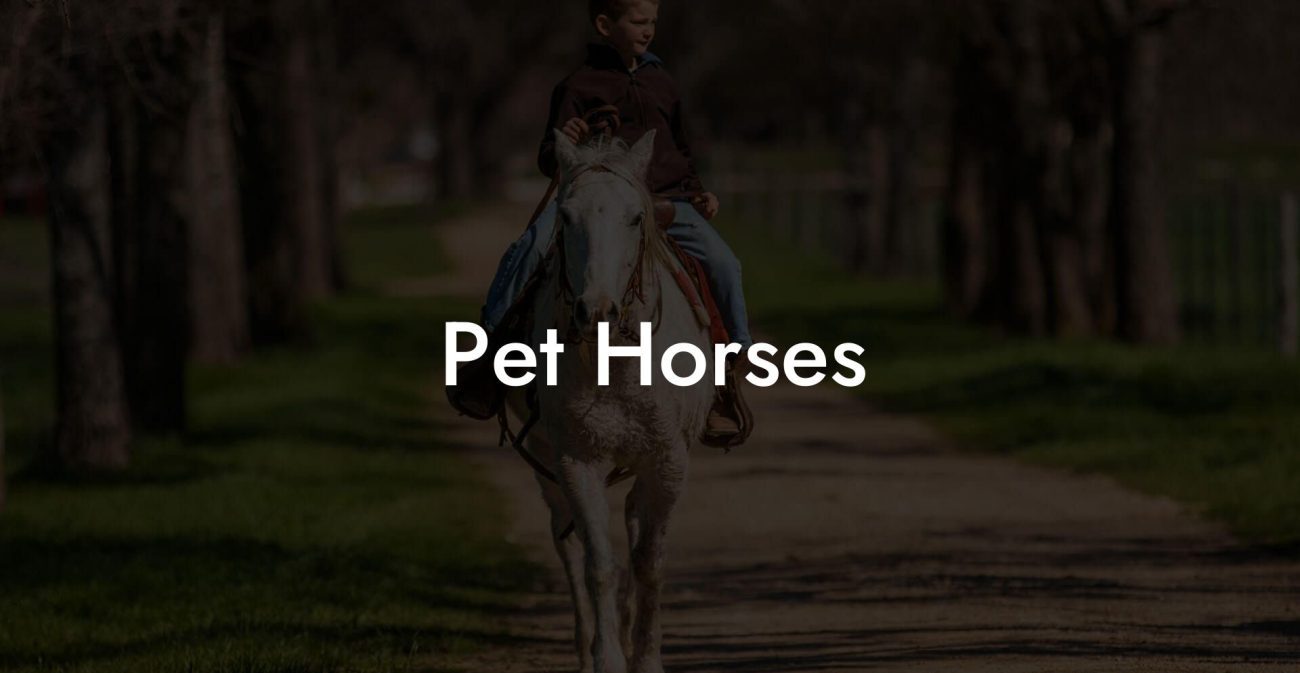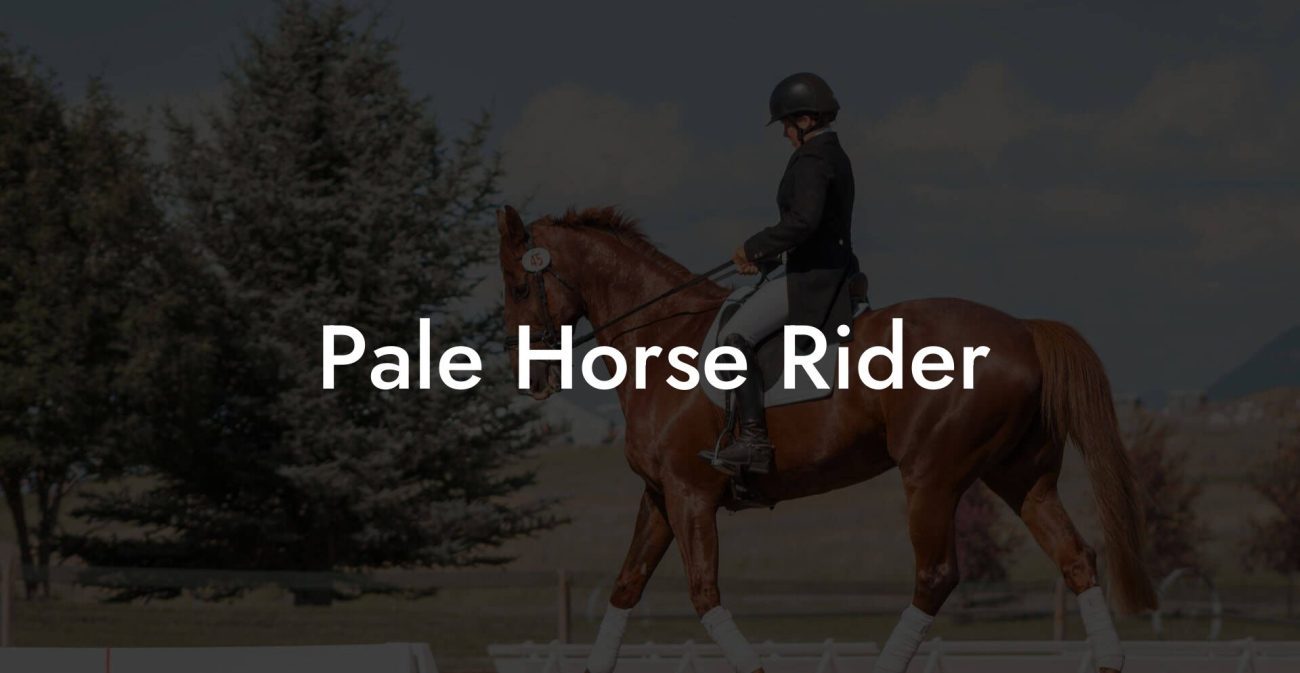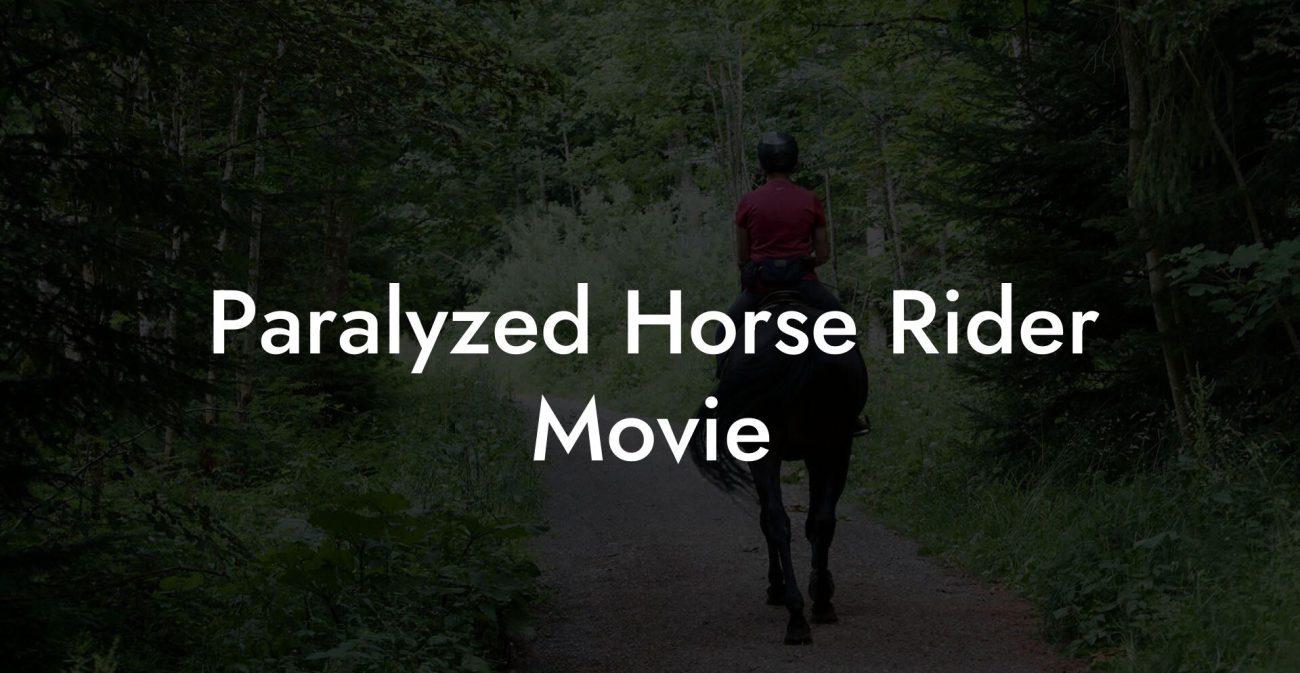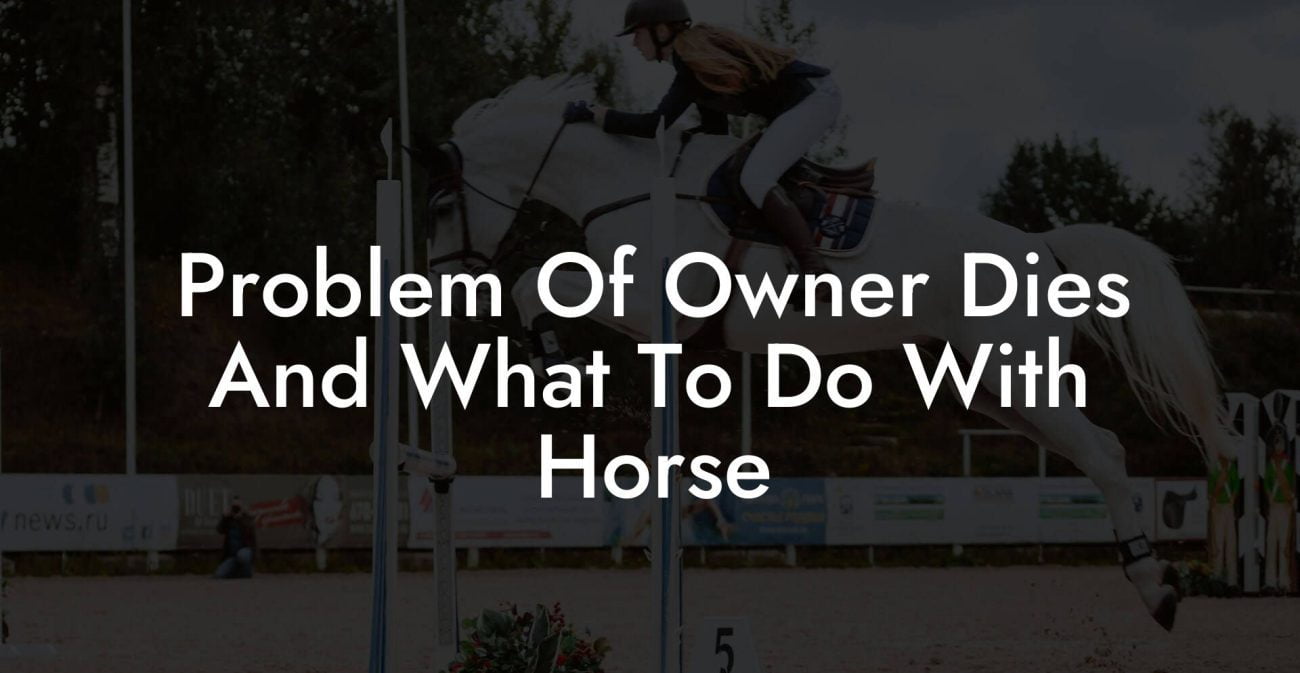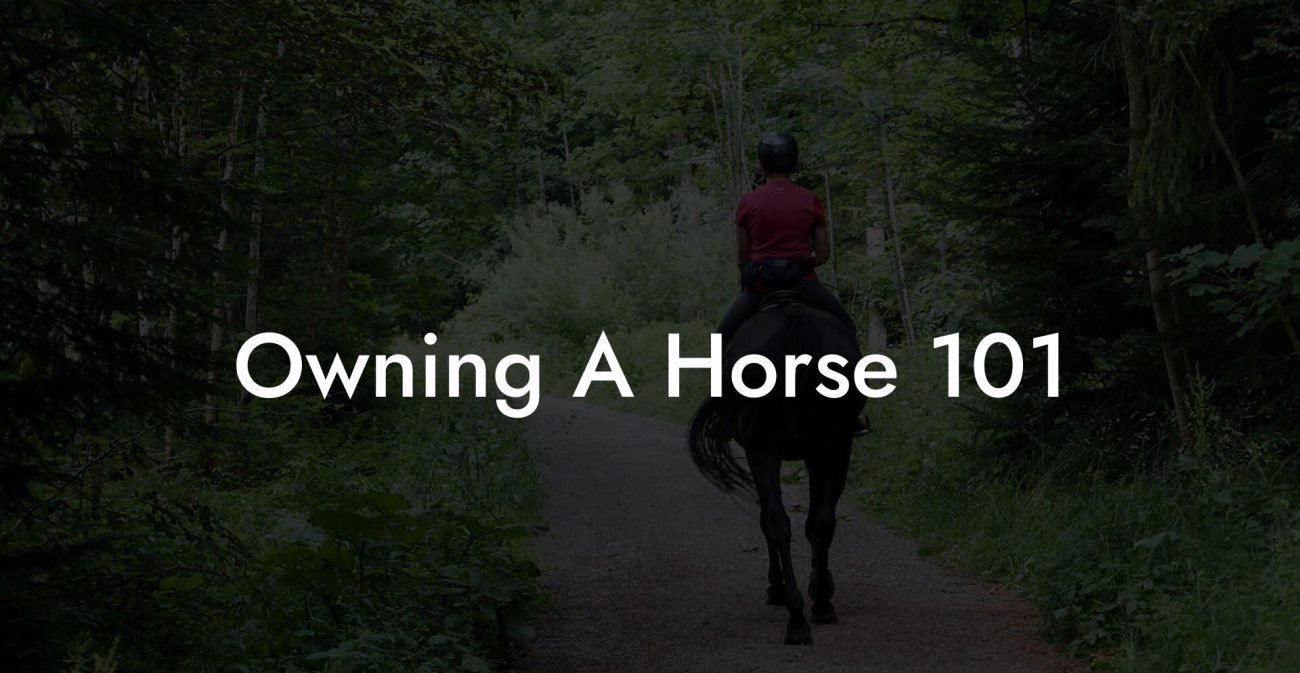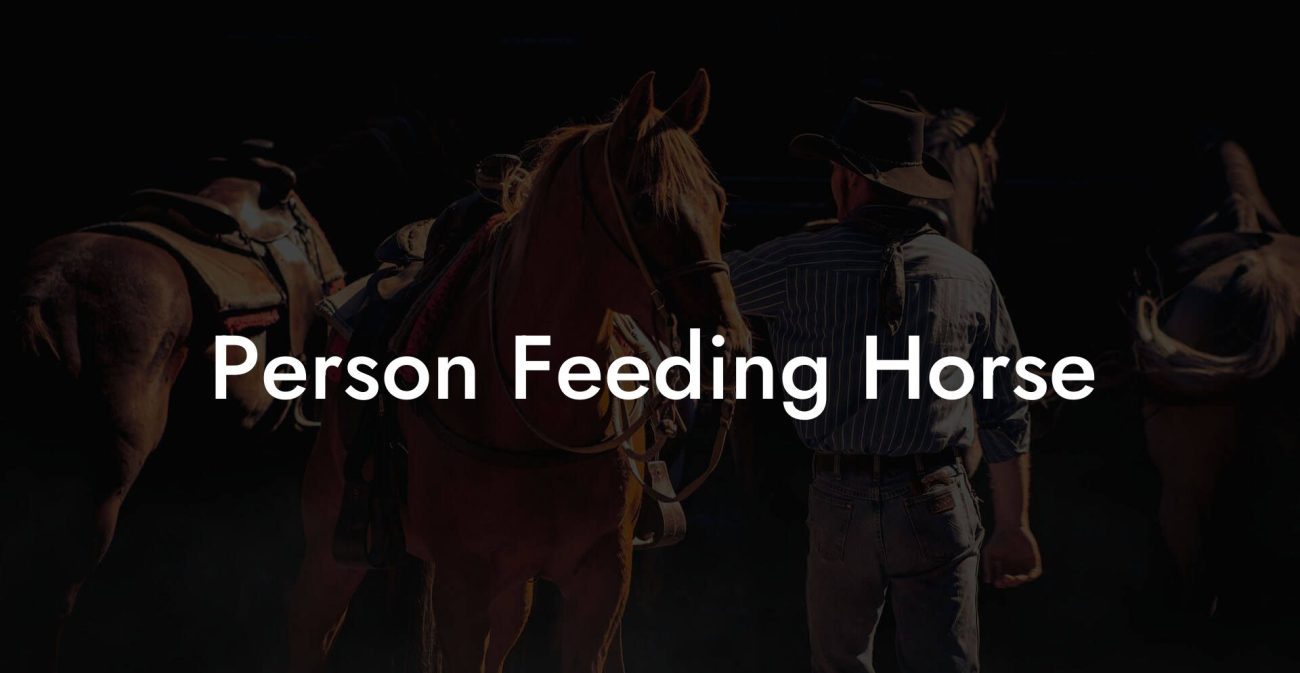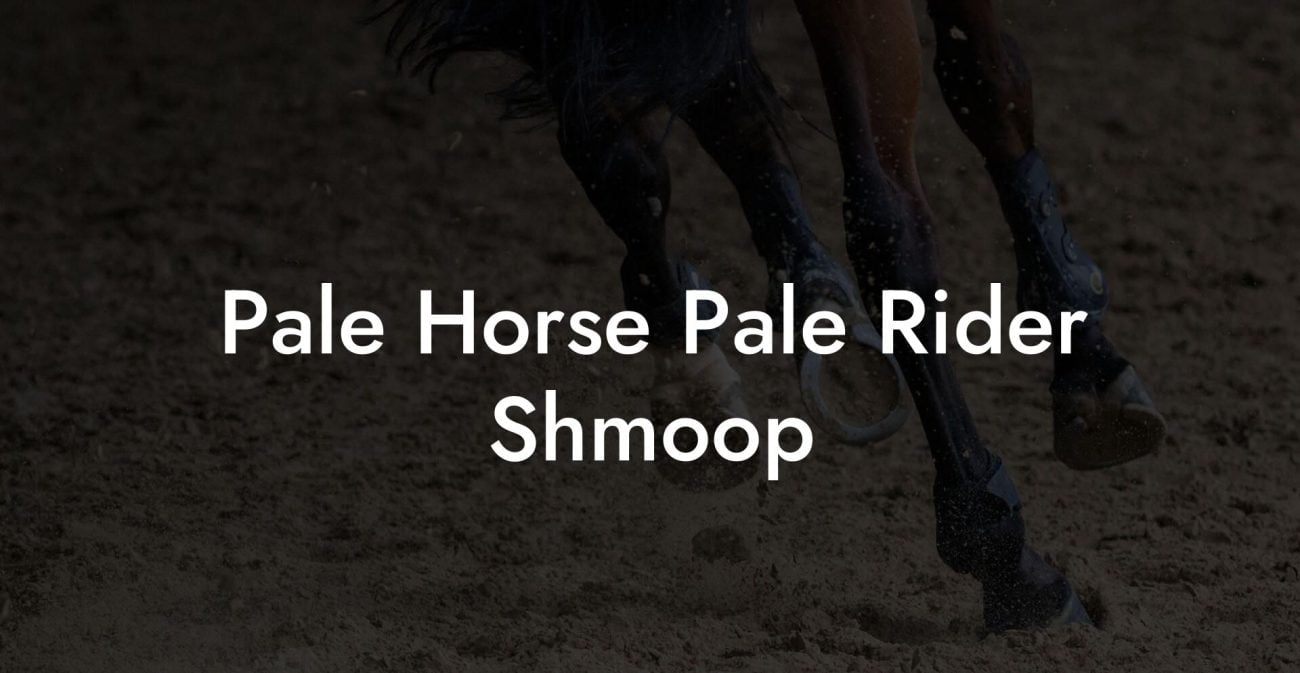If you've ever watched a horse for any length of time, you might have observed them in various positions: standing tall and alert, laying down, or maybe even rolling on the ground. But have you ever wondered if horses can sit like a dog or a cat? If you're curious to know whether or not horses can actually sit, look no further! This article will explore this frequently contemplated topic and provide helpful insights into the way horses rest and relax.
Does Horse Sit Table of Contents
The Myth of Horse Sitting
Firstly, let's clear up any misconceptions: horses do not sit like dogs or cats. They might occasionally bend their legs to rest or adjust their posture, but it's not in their natural behavior to adopt the same sitting position that you might see in other animals. This is mainly due to their skeletal and muscular structure, which is designed differently to support their large bodies and the tasks they need to perform, such as running and jumping.
How Horses Rest and Sleep
Even though horses don't "sit" in the common sense of the word, they do have their unique resting positions. Horses primarily rest by standing up, which may come as a surprise to some. They are equipped with a special feature called the "stay apparatus," a system of tendons and ligaments that lock their legs into place, allowing them to relax certain muscles and doze off without collapsing.
Standing rest is usually sufficient for short naps and light sleep; however, horses do need to lie down for deeper, restorative rest. They only need to be in this deep sleep for approximately 2-3 hours a day, but lying down is crucial to their overall health. Horses typically lie down in one of two positions – sternal recumbency or lateral recumbency.
During sternal recumbency, a horse will rest on its chest with its legs folded underneath. It is a position that allows the horse to get up quickly if needed but is still more restful than simply standing. In the lateral recumbency position, the horse lies completely on its side with legs stretched out. This position affords horses the opportunity to reach the deepest stage of sleep, known as REM sleep.
Understanding Horse Behavior
To further understand why horses do not sit, it is essential to take a closer look at their natural behavior and tendencies. Horses are prey animals with a strong instinct to flee from potential predators. As such, they have evolved to remain poised and ready to escape at a moment's notice. Sitting like a dog or cat would make it difficult for a horse to spring into action swiftly.
Moreover, horses are social herd animals, always alert to the behaviors and cues of their fellow equines. Standing allows horses to maintain a watchful eye on their surroundings and easily communicate with their herd mates.
The Exception: Trick Training
Although horses do not sit naturally, some horses are trained to perform a "sit" as a trick through a process called trick training. These trained behaviors can be entertaining and showcase the horse's intelligence and bond with their trainer but are not a natural part of the horse's repertoire when it comes to resting.
In conclusion, while horses do not sit like dogs or cats, their fascinating resting behaviors showcase their unique adaptations and instincts. By understanding these behaviors, horse owners and enthusiasts can better appreciate and care for these magnificent animals, knowing that their equine friends are comfortable and well-rested. If you found this post informative, please share it with fellow horse lovers and check out more educational guides on How to Own a Horse!



